Staph infection is a common issue triggered by the staphylococcus bacteria, commonly found on the skin. An infection happens when the bacteria penetrate the skin via an opening or lesion. Staph infection can lead to a range of symptoms and signs. Some of the skin infections triggered by the staphylococcus bacteria are impetigo, boils, cellulitis, and staphylococcal scalded skin syndrome. This bacterium also can also lead to food poisoning with symptoms, such as vomiting, nausea, diarrhea, low blood pressure, and dehydration. Let’s check out how you can deal with and beat off the issue with some useful home remedies for staph infection on face, scalp, buttocks, and in nose with us on the site Healthy Guide!
CONTENTS
I. Introduction
1. What Is Staph Infection?
This problem is contagious and can affect anyone, but some people are at a higher risk of developing this infection. They include diabetics, nursing mothers, small babies and people with weak immune systems, respiratory illnesses, kidney failure requiring dialysis, cancer and other chronic diseases.
The infection can spread easily through cuts, abrasions and skin-to-skin contact. It can also spread from one part of the body to another through touch.
If not treated timely, staph infection can progress to conditions that are more pervasive. So, do consult your doctor for proper diagnosis and treatment of this condition.
In addition, certain kitchen ingredients and herbs can also help treat the infection. Home treatments focus on easing the symptoms, quick healing and preventing further progression.
2. Causes Of Staph Infection
Several people carry staph bacteria and never have staph infections. Nevertheless, if you have a staph infection, there is a good chance that it is from bacteria you have been carrying around for some time.
These bacteria can also be transmitted from people to people. As the staph bacteria are so hardy, they can live on inanimate objects; for example, towels or pillowcases long enough to transfer to the next person who may touch them.
Staph bacteria are able to live in these environments:
- High levels of salt
- Stomach acid
- Extremes of temperature
- Drying
II. Quick Tips To Apply At Home
Here are some of the best home remedies for staph infection pain that people can try right away to stop the symptoms due to this infection:
- Do not share personal items with other people.
- Wash bedding and clothing in hot water and dry them under direct sunlight.
- Keep abrasions, cuts, and wounds clean and covered with sterile, dry bandages till they heal.
- Rinse your hands properly before consuming anything. Ensure that you will use a hand sanitizer.
- Maintain good hygiene to prevent the infection from spreading to other parts of the body or to other ones.
- Do not touch the infected skin if you have open wounds or sores as it may make the healing process slower.
- To help boils ripen fast, apply a warm compress on a regular basis.
III. Home Remedies For Staph Infection Pain
Here are the best home remedies you can make use at home with the support of natural ingredients that are easy to find right in your kitchen. Let’s check out how to use them to reduce signs and symptoms of staph infection naturally!
1. Oregano Oil
The first one among the best home remedies for staph infection on buttocks, face, scalp, and in nose you can make use is to use oregano oil.
You can use oregano oil for treating staph infection due to its antibiotic properties. Several chemical components in oregano oil help in reducing infection as effectively as traditional antibiotics.
According to a study [1] published in the Journal of Medical Microbiology in 2007, professionals discovered there was a great influence of oregano essential oil on staphylococcus epidermidis and staphylococcus aureus strains. Try these home remedies at home with the help of oregano oil and you will never regret about your choice:
- Dilute eight to ten drops of oregano oil in 2 tbsps. of olive oil or any other carrier oil. Use it to apply directly onto the infected area and let it stay still within about 2 – 3 hours before rinsing it off. Reapply several times throughout the day.
- Mix a glass of water or fruit juice with five drops of oregano oil. Consume it 2 times per day within about 1 week.
Note: Pregnant women should not consume oregano oil.
Read More: 18 Best Home Remedies for Cystic Acne On Face, Neck, Nose, Cheek, Forehead
2. Garlic
Garlic is a natural antibiotic that can aid a lot in fighting the bacteria responsible for staph infections. It can aid a lot in reducing the intensity of the discomforts and signs associated with this type of infection. Moreover, it is very beneficial for your immune system.
- After consulting a doctor, you can choose taking garlic supplements.
- Clean the infected area, smear some garlic oil on it and then use a bandage to cover it. After a few hours, remove the bandage. Apply this method 2 times per day for 3 – 5 days.
- Consume 3 – 5 raw garlic cloves on an empty stomach every day. In addition, add garlic in your cooking.
Read More: 9 Uses Of Castor Oil For Boils In Men And Women
3. Turmeric
Turmeric is another very effective one among the best home remedies for staph infection on scalp, face, buttocks, and in nose you can find out there.
Turmeric contains antibacterial, antioxidant, wound-healing, and anti-inflammatory properties that aid in fighting the infection successfully within a short period of time. Moreover, it gives a boost to your immune system.
- After consulting your doctor, you can try taking turmeric supplements.
- Boil 1 tsp. of turmeric powder in 4 cups of water and then let it simmer within about ten minutes. Strain and consume this turmeric tea two or three times throughout the day.
- Apply powdered turmeric on the infected skin a few times throughout the day to relieve signs and symptoms.
Read More: 41 Tips How to Get Rid of Milia on Lips, Forehead, & around Eyes Fast
4. Apple Cider Vinegar
Apple cider vinegar is also an effective one among the best home remedies for staph infection due to its anti-inflammatory and antibiotic properties.
It can aid a lot in fighting off the bacteria and boost fast healing. In addition, it can help to enhance your immune system to prevent and fight against infection.
- First, try adding one or two tbsps. of raw, unfiltered apple cider vinegar to 1 glass of warm water and consume it two times throughout the day. You can also try adding some raw honey to it.
- Mix equal amounts of clean water and raw, unfiltered apple cider vinegar. Use the solution to clean the wound 1 – 2 times throughout the day for 3 – 5 days.
5. Manuka Honey
Manuka honey is a special type of honey from New Zealand which has natural healing and antibacterial properties that can aid a lot in controlling a staph infection. It can help to sterilize the wound, speed up healing, and eradicate the infection.
According to a study [2] published in the Journal of Applied Microbiology in 2002, the phytochemicals content of Manuka honey help in inhibiting the development of the bacteria that leads to the infection.
- Prepare some Manuka honey and use it to apply directly onto the infected area.
- Let it stay still within about 2 – 3 hours before rinsing it off.
- Repeat a few times throughout the day till you receive the satisfied results as desired.
Learn More: 21 Tips How to Get Rid of Boils on Face, Inner Thighs, Nose, & Butt
6. Tea Tree Oil
Due to its powerful anti-inflammatory and antimicrobial properties, tea tree oil is very useful for curing staph infection. It can also help to relieve skin discomforts triggered by the infection. According to a study [3] published in the American Journal of Infection Control in 2004, tea tree oil was discovered to be a promising antimicrobial for curing wounds and staphylococcus aureus. Follow these two home remedies for staph infection in nose, on scalp, face, and buttocks that can work well for you:
- First, try mixing 3 – 5 drops of tea tree oil in 1 tsp. of raw honey or aloe vera gel. Use it to apply directly onto the infected areas and let it stay within about 2 – 3 hours before washing it off.
- Alternatively, place two or three drops of tea tree essential oil on a moistened cotton swab. Use it to dab onto your infected area. Let it stay still within about 2 – 3 hours before rinsing it off.
Follow either of the home remedies for staph infection pain 1 – 2 times per day till you feel really satisfied with the results you gain.
Note: Try not to consume tea tree oil orally as it can cause some unwanted side effects.
7. Eucalyptus Oil
The anti-inflammatory and antimicrobial actions of eucalyptus oil are very useful against staphylococcus aureus and can work well as an effective broad-spectrum drug against antibiotic-resistant condition.
According to a research [4] published in the Phytomedicine journal in 2010, the synergistic impacts of eucalyptus oil are useful against antibiotic-resistant pathogens and antibiotic-susceptible. Dilute 3 – 5 drops of eucalyptus oil in any carrier oil, such as almond or olive oil. Use this to diluted oil directly on cuts, wounds, and skin infections and let it stay within about 2 – 3 hours before washing it off. Repeat 2 times per day for 3 – 5 days.
8. Coconut Oil
When it comes to home remedies for staph infection on face, scalp, buttocks, and in nose, coconut oil is really a useful tip for everyone.
Coconut oil can help a lot in curing staph infection, thanks to its anti-inflammatory and antibacterial properties. It has medium-chain fatty acids, particularly lauric acid which can aid in fighting bacteria. It also offers relief from the many skin discomforts.
- Rub gently some extra-virgin coconut oil on the infected skin so that the oil can penetrate into the skin.
- Let it on for 2 – 3 hours, then rinse it off.
- Reapply several times a day till the infection disappears.
You can also take 3 – 5 tbsps. of extra-virgin coconut oil internally.
Check Out: 29 Uses of Aloe Vera for Acne Scars, Redness, Blemishes & Pores
9. Echinacea
Contemporary herbalists consider echinacea a useful natural treatment for staph infection. This herb has immune-stimulant, anti-inflammatory, and antimicrobial properties that can aid in easing signs and symptoms as well as boost the healing process.
According to a research [5] published in the Phytomedicine journal in 2010, professionals concluded that a standardized Echinacea preparation could control signs and symptoms associated with bacterial respiratory infections.
- Apply echinacea cream or ointment topically on boils, open wounds or skin rashes a few times a day.
- Consume one to two cups of echinacea tea throughout the day.
- After consulting your doctor, you can also try taking echinacea supplements.
Note: Those suffering from autoimmune disorders must avoid this herb.
10. Goldenseal
Using goldenseal is one of the best home remedies for staph infection in nose and on buttocks, face, and scalp as it makes the signs and symptoms of the infection less noticeable and improve your skin health at all.
Goldenseal has antibacterial as well as antiseptic properties that can help disinfect and heal wounds. The compound called berberine helps kill the bacteria responsible for this infection. This herb also helps strengthen the immune system.
- Add 1 to 2 tsps. of goldenseal to 1 cup of hot water.
- Let it stay within about twenty minutes, then strain it.
- Use a cotton ball to directly apply this solution onto your infected skin area.
- Repeat two or three times throughout the day for 2 – 3weeks.
11. Witch Hazel
Witch hazel is another ancient remedy used to combat infection and stem bleeding in wounds. So, how does it work? Staphylococci use a system known as quorum-sensing for cell-to-cell communication. This will allow it to regulate the expression of its genes according to the its population’s density. Without quorum-sensing, its population cannot coordinate or communicate behaviour as a group in the host of it. Studies have found that hamamelitannin, a compound present in the witch hazel’s bark, can help a lot in inhibiting quorum sensing. This can aid it in suppressing staphylococcal infections. Besides its antibacterial properties, it can also help a lot in lessening stem bleeding and inflammation.
How to use: Traditionally, a poultice of the leaves and bark of witch hazel was applied to fight infection and treat wounds. You can also soak a cotton pad in some witch hazel extract and use it to apply onto the wounds.
Do not leave the article as there are still a lot of other useful home remedies for staph infection on face, buttocks, scalps, and in nose that may work for your own staph infection case!
12. Antibiotic Eucalyptus Oil
Australian aborigines first showed the healing power of eucalyptus. And lab research has discovered that eucalyptus oil has an antimicrobial impact on Staphylococcus aureus. This antibacterial impact is primarily thanks to a compound known as 1,8-cineole or eucalyptol, though this essential oil has a lot of other bioactive constituents as well
How to use: Eucalyptus essential oil could be diluted and applied to cure skin infections topically. However, remember that this natural cure might not be advisable for children below the age of 2 or for nursing or pregnant women.
13. Lime
Here is also a common item that you probably have at your own kitchen which can be made use as one of the best home remedies for staph infection in nose, on face, buttocks, and scalp – lime juice. According to a research [6], undiluted lime juice can work very effectively against Staphylococcus aureus.
How to use: Try squeezing the juice from 1 fresh lime directly onto 1 cut or abrasion to prevent the infection. You can also try mixing some drops of lime with some grated garlic cloves and apply that to cure an abscess.
14. Warm Compress
This is the last one among the most effective home remedies for staph infection on scalp, face, and buttocks that we would like encourage readers to make use at home as soon as possible for good!
The Staphylococcus aureus bacteria often lead to the formation of pus-filled boils on your skin’s surface. Applying a warm, wet, and clean washcloth to a boil within about twenty to thirty minutes three to four times throughout the day can aid a lot in draining out the pus associated with the infection. After the boil [7] drains, try using a clean bandage to absorb any remaining pus that can drains as well as protect your skin. Also ensure to opt for a good antibacterial soap to rinse the infected area to stop the signs and symptoms of the disease from spreading.
After reading this interesting article, we hope that all of my readers can find some of the best solutions helpful to deal with the symptoms of staph infection. Actually, all of the home remedies for staph infection on buttocks, face, scalp and in nose that we mentioned above are safe and effective in treating the symptoms of the infection without causing any unwanted side effects. Therefore, you can feel secure when applying any of these natural cures. Now, if you know other effective home treatments that can help to address this skin issue, you can share them with us by leaving your comments in the comment section below.


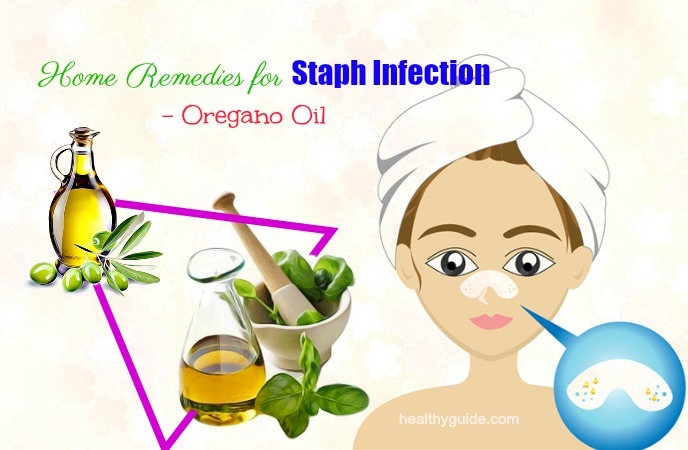
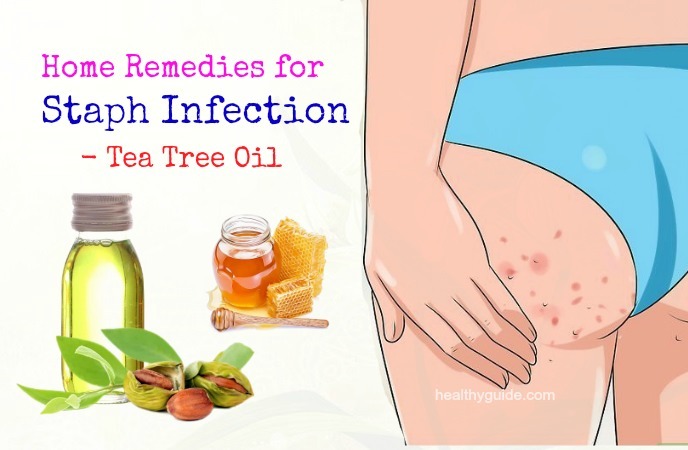


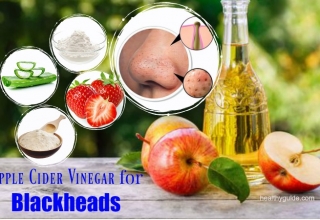
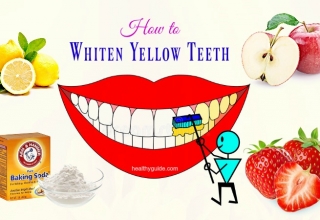

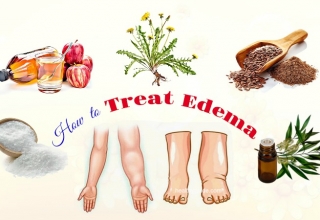
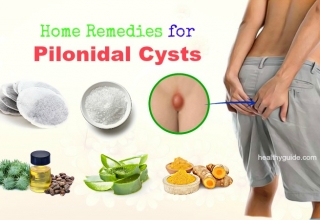


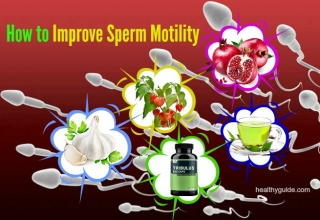
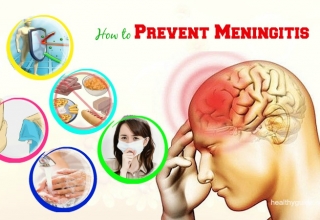
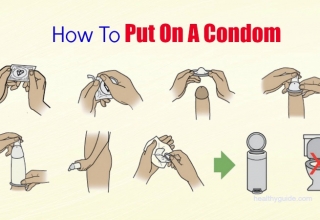
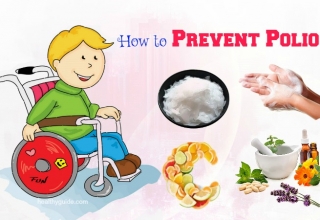
















Leave a Reply